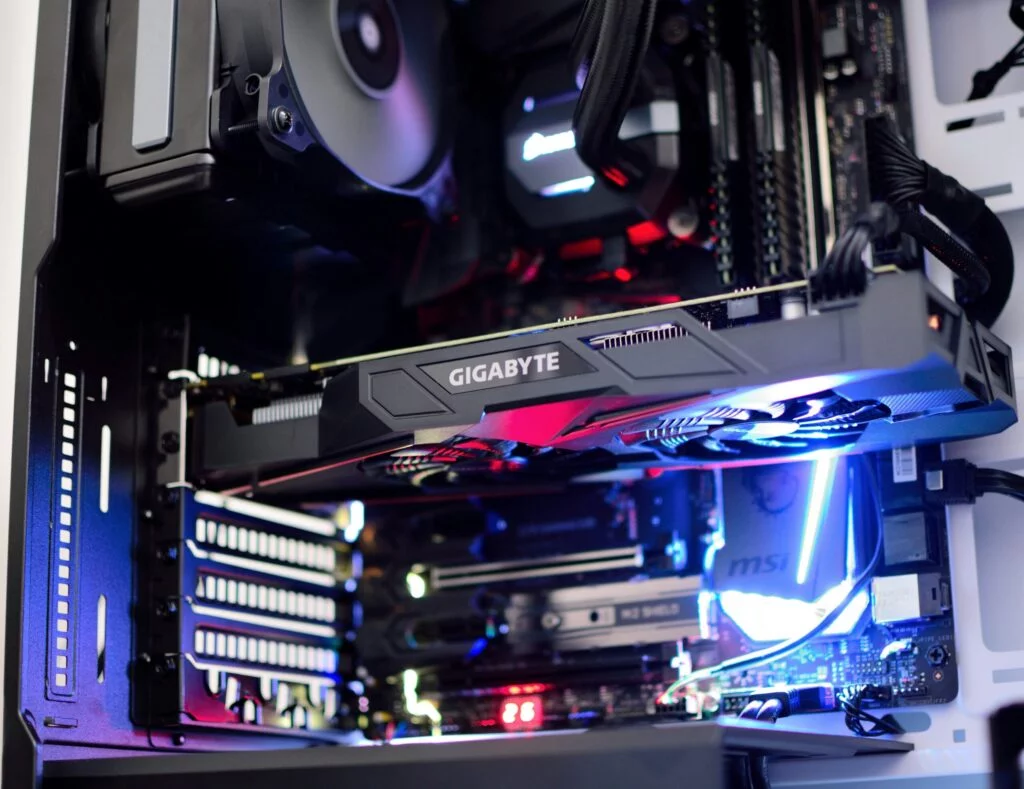
Introduction to Satellites and Their Purpose
Since their inception, satellites have radically transformed how we perceive and interact with our environment. Modern satellites trace their lineage to the early prototypes launched during the mid-20th century, with the Soviet Union’s Sputnik 1 heralding the dawn of the satellite age in 1957. Over the decades, satellites have evolved exponentially in terms of technological complexity and utility.
Satellites serve a myriad of purposes, underpinning vast swaths of contemporary human activity. Communication satellites form the backbone of global telecommunications, enabling everything from televised broadcasts to internet services and mobile phone networks. On the meteorological front, weather satellites provide vital data for forecasting and climate study, helping to predict weather patterns and monitor environmental conditions such as storms and hurricanes.
Navigation satellites, including those composing the Global Positioning System (GPS), furnish precise geolocation information that is critical for modern travel, logistics, and military operations. Scientific research satellites, on the other hand, contribute to our understanding of space and Earth, facilitating groundbreaking discoveries in fields such as astronomy, geology, and environmental science.
Satellites occupy different orbital ranges depending on their intended function. Geostationary satellites (GEO) remain fixed relative to a specific point on Earth, making them indispensable for communication and weather monitoring. Low Earth Orbit (LEO) satellites, situated closer to the planet, are often used for high-resolution imaging and most modern communication networks due to their reduced latency. Medium Earth Orbit (MEO) satellites occupy an intermediary position, with applications that often include global navigation systems.
Understanding the intricate roles and classifications of satellites is essential for comprehending their operation and impact. With these foundational concepts in place, one can delve deeper into the mechanisms that enable these technological marvels to function seamlessly in the vast expanse of space.
The Physics Behind Satellites: Orbit and Propulsion
Satellites rely on fundamental principles of physics to remain in their designated orbits. One critical concept is gravitational pull, which is the force exerted by the Earth that tries to draw the satellite towards its center. In contrast, the satellite’s orbital velocity ensures that instead of falling back to Earth, it continuously falls around the Earth, thereby remaining in orbit.
Gravitational pull and orbital velocity are balanced by the forces of centripetal and centrifugal forces. The centripetal force, provided by Earth’s gravity, pulls the satellite toward the planet, while the centrifugal force, resulting from the satellite’s rapid motion, pushes it away. This delicate equilibrium allows the satellite to maintain a stable orbit.
Various propulsion systems are fundamental for both placing satellites into orbit and maintaining their trajectory. Chemical propulsion systems employ chemical reactions to produce thrust, crucial for the satellite’s initial launch and placement into orbit. These systems typically generate high thrust for a relatively short duration, making them ideal for initial placement activities.
Once in orbit, satellites might require minor adjustments, where electric propulsion systems come into play. Electric propulsion, which converts electrical energy into thrust via ionized particles, is highly efficient for making small corrections over prolonged periods. This type of propulsion is optimal for maintaining the satellite’s trajectory with minimal fuel consumption.
Furthermore, gravity assists or gravitational slingshots are techniques used to alter a satellite’s trajectory and speed without using additional propellant. By passing close to a celestial body, the satellite can gain extra velocity and change direction, thereby conserving propulsion resources. Such maneuvers are often used for interplanetary missions, allowing satellites to travel further with limited fuel.
Understanding the balance of forces and advanced propulsion technologies is essential for the successful deployment and operation of satellites. These principles not only enable the satellites to orbit our planet but also extend the reach of human exploration into deeper space realms.
Satellite Communication Systems
Satellite communication systems play a pivotal role in enabling global connectivity by serving as a medium for the transmission of data between different points on Earth. At the core of these systems are the fundamentals of radio waves and frequency bands, which are critical for the transmission and reception of signals. Frequency bands such as Ultra High Frequency (UHF), Very High Frequency (VHF), C-band, and Ka-band each offer unique advantages regarding bandwidth, range, and interference resilience.
Spectrums like UHF and VHF are often used for public services such as television and radio broadcasting, while higher frequency bands like C-band and Ka-band are commonly employed in satellite communication due to their ability to support higher data rates, which is essential for applications requiring substantial bandwidth such as satellite internet and high-definition broadcasts.
The process begins with data being encoded into a signal, often using sophisticated modulation techniques to ensure maximum efficiency. This encoded signal is transmitted from a ground station via a large dish antenna towards a satellite in geostationary orbit or Low Earth Orbit (LEO). Once received by the satellite, the signal passes through a transponder, a device that amplifies the received signal, changes its frequency to avoid interference, and then transmits it back to Earth.
Upon return transmission, the signal is captured by another ground station’s receiving antenna. Here, it undergoes decoding to translate the signal back into usable data. Each ground station plays a crucial role, either acting as an uplink station (sending signals) or downlink station (receiving signals), facilitating continuous data exchange. This entire process occurs almost instantaneously, despite the vast distances involved.
The impact of satellite communication systems is far-reaching. Global Positioning System (GPS) utilizes satellites to provide precise location data worldwide, which is indispensable for navigation on land, sea, and air. Satellite television allows consumers to receive crystal-clear broadcast signals no matter how remote their location. Additionally, satellite internet services bridge the digital divide, delivering connectivity to underserved and rural areas.
In essence, the seamless integration of radio waves, frequency bands, and the intricacies of signal transmission and reception within satellite communication systems underpins many modern conveniences and technological innovations, highlighting their critical importance in today’s interconnected world.
Maintaining and Operating Satellites in Space
Once a satellite is successfully launched into orbit, the task of maintaining and operating it begins. The lifecycle of a satellite encompasses pre-launch preparations, launch, in-orbit operations, and end-of-life disposal. Pre-launch preparations include thorough testing and simulations to ensure that the satellite can withstand the harsh conditions of space. During the actual launch, rockets deliver the satellite to its designated orbit, where it then begins its operational phase.
In-orbit operations heavily depend on remote monitoring and control. Ground stations on Earth utilize telemetry data to track the satellite’s health and performance. Telemetry data consist of various parameters such as temperature, battery levels, and the status of onboard systems. Scientists and engineers analyze this data to make necessary adjustments, ensuring the satellite operates optimally throughout its mission. If issues arise, such as component malfunctions, software errors, or deviations from orbit, ground-based control teams can initiate corrective measures.
However, maintaining satellites in space is not without challenges. Space debris poses a significant risk. With thousands of defunct satellites and fragments orbiting Earth, the likelihood of collisions increases, potentially causing damage. To mitigate this threat, collision avoidance strategies are in place. Satellites are equipped with propulsion systems allowing them to maneuver and avoid potential impacts. Additionally, advanced tracking systems continuously monitor space debris, guiding satellites to safer paths.
Technical failures, while infrequent, also present considerable challenges. Redundancy in critical components and frequent software updates can improve reliability, but some failures are inevitable. Measures such as autonomous fault detection and recovery systems are employed to handle unexpected issues.
As satellites near the end of their operational life, structured end-of-life disposal strategies are implemented. These methods typically involve moving the satellite to a ‘graveyard’ orbit or controlled re-entry into the Earth’s atmosphere to minimize the risk of adding to space debris. These practices underscore the importance of responsible satellite management and the ongoing efforts to sustain a clutter-free space environment.



